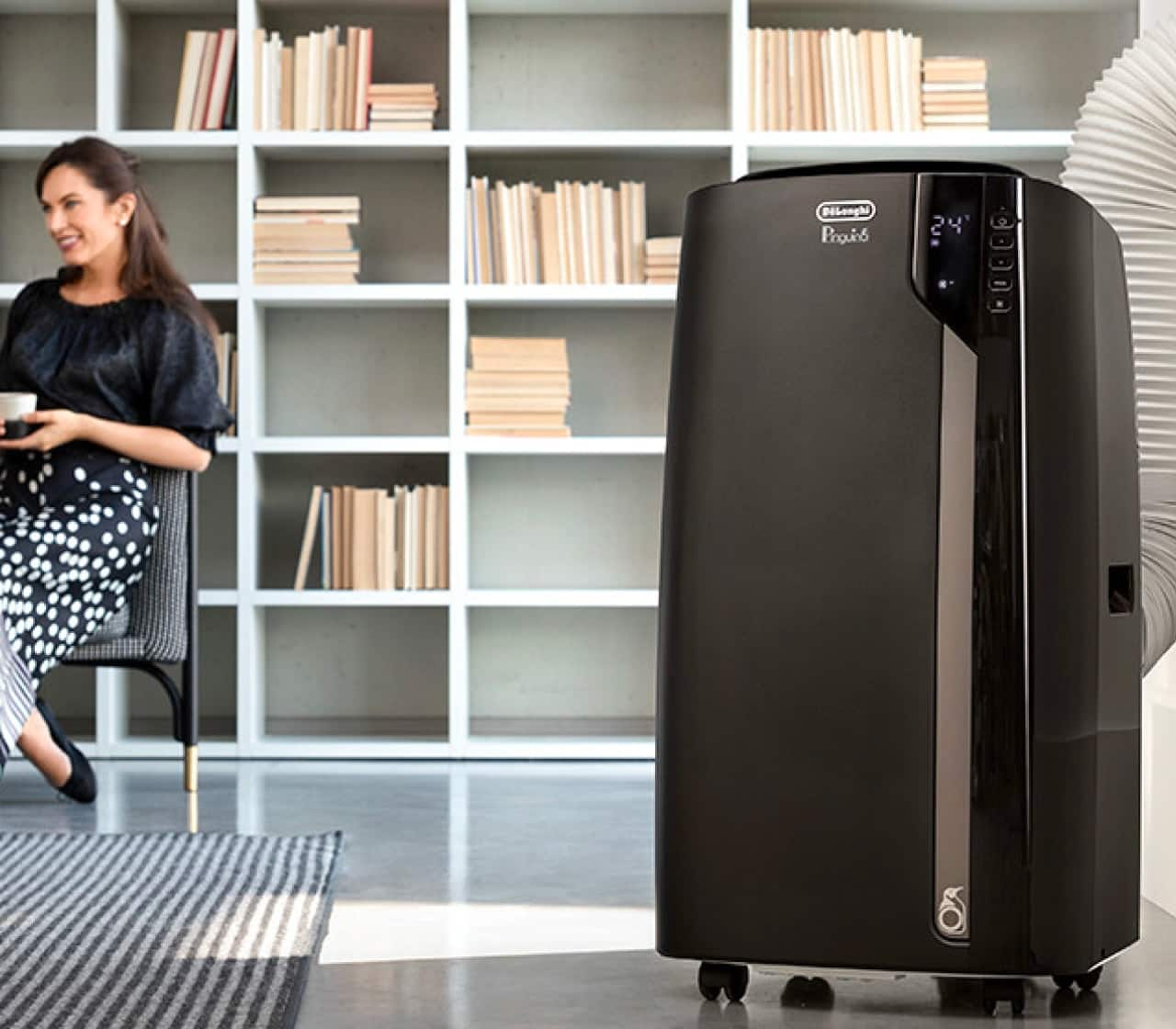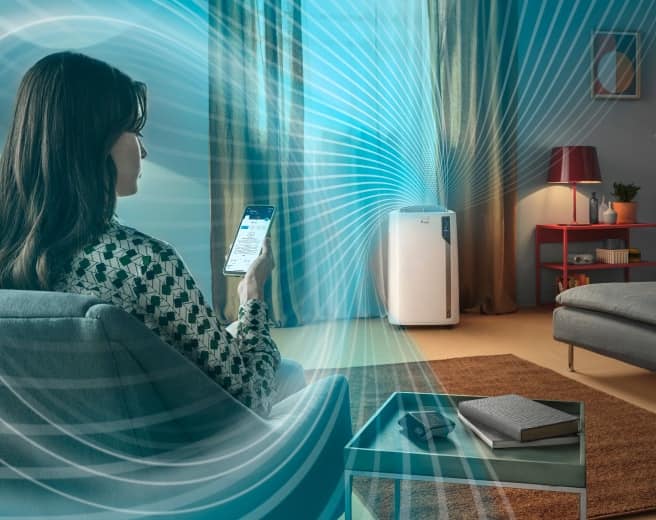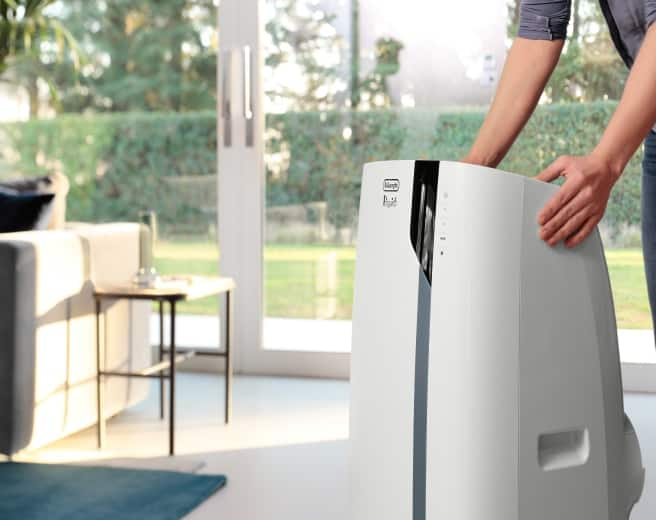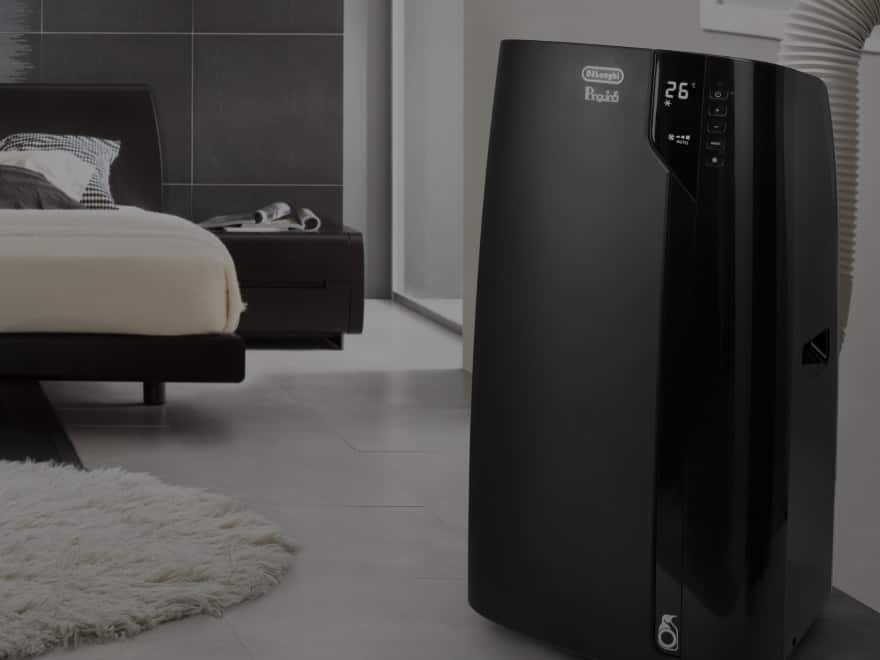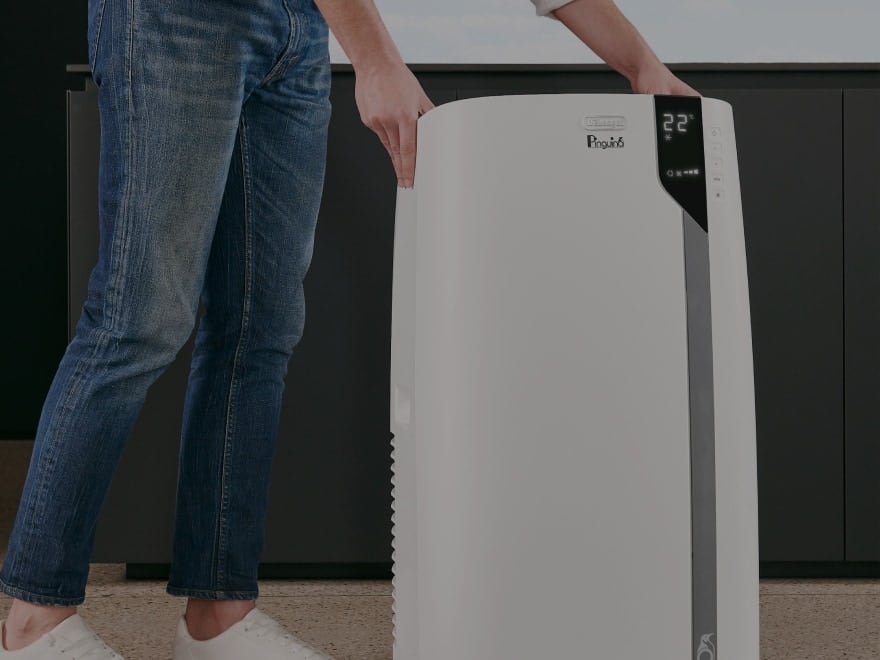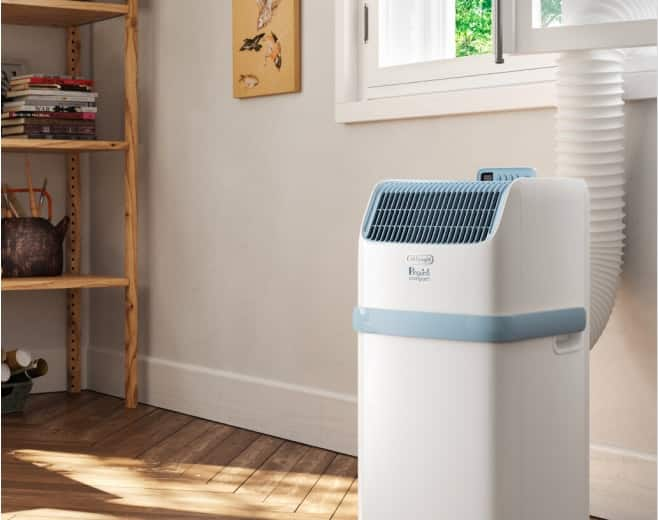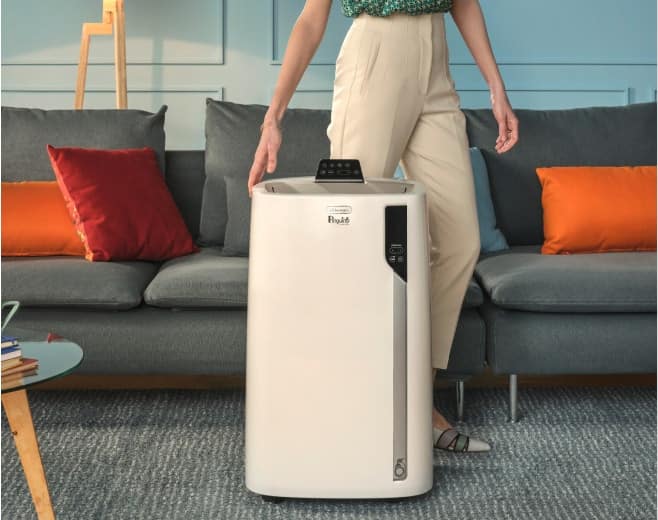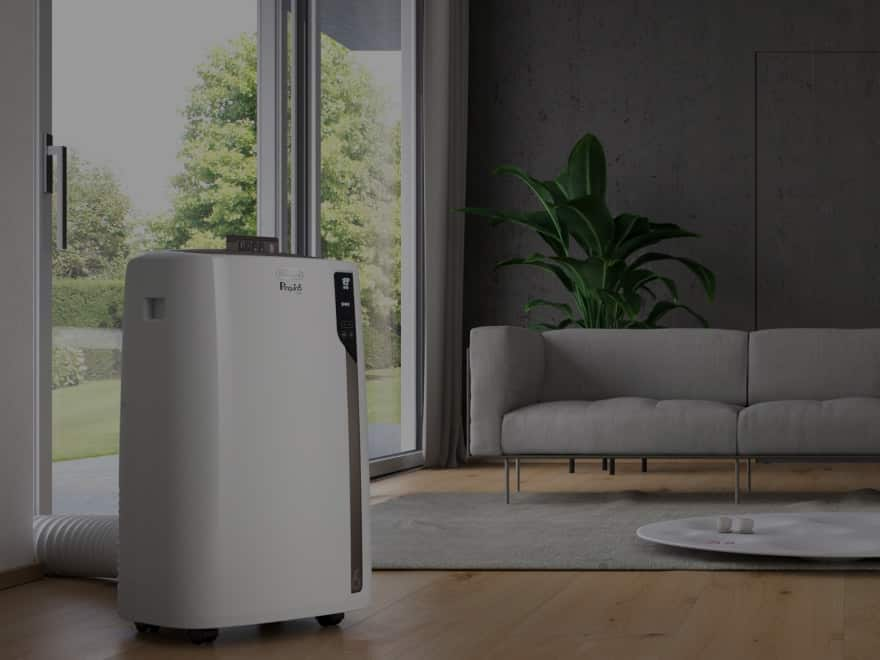
Funkcija grijanja i funkcija odvlaživanja
Funkcija odvlaživanja pomaže ukloniti višak vlage iz zraka, poboljšavajući ugodnost i smanjujući rizik od pojave plijesni. Ova se funkcija može upotrijebiti, na primjer, u vrlo vlažnoj prostoriji ili u određeno doba godine kada je vlažnost posebno visoka. Funkcija grijanja, dostupna na uređaju De'Longhi PAC EL92HP, omogućuje uređaju pružanje topline tijekom hladnijih mjeseci, čineći ga svestranim uređajem koji se može koristiti tijekom cijele godine.








